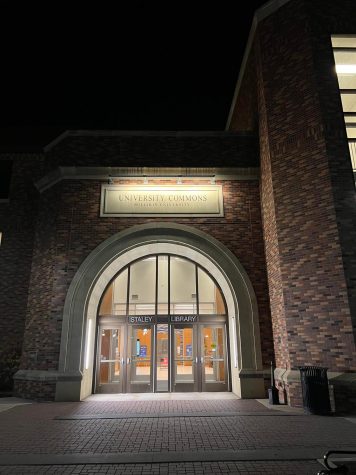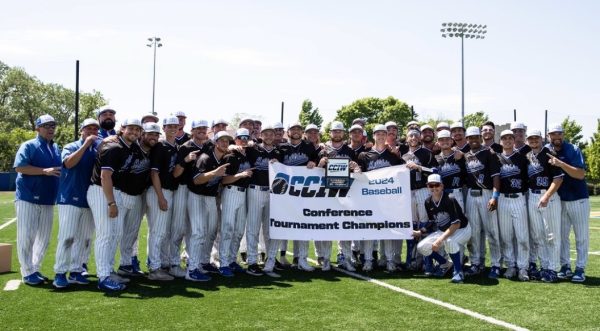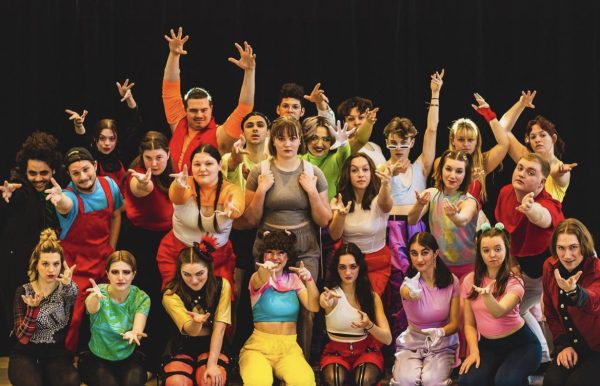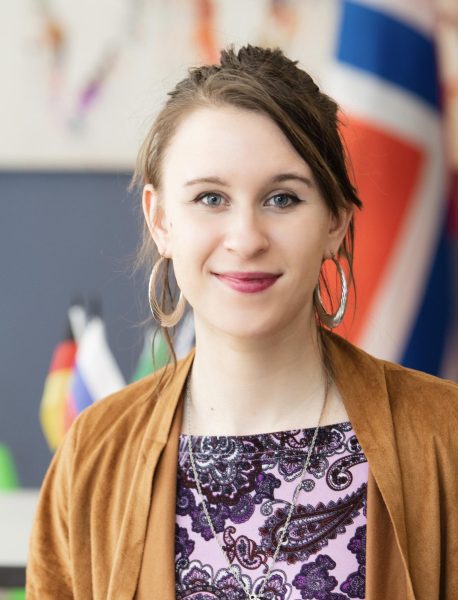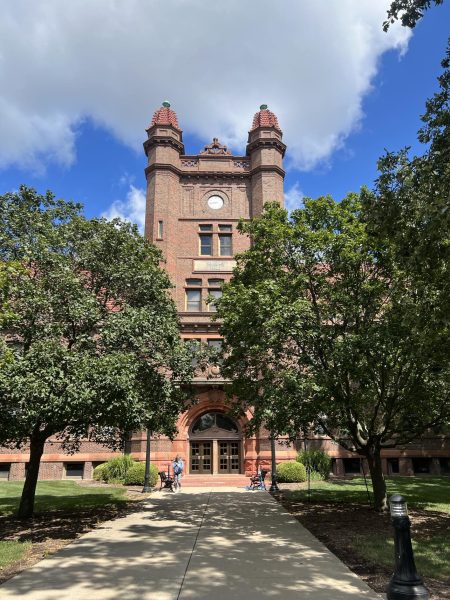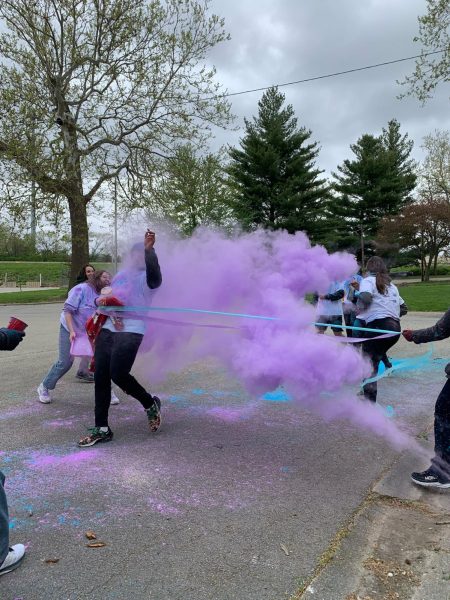A Millikin Diwali: A Reflection of the Festival of Light
Diwali is the Hindu festival of light celebrated in India. It is a celebration of good triumphing over evil. The people celebrate five days with giving gifts, wearing the finest clothing, and living life in happiness and gratitude.
This year, Molly Berry and a couple of exchange students from India came together to create a glimpse of a celebration of Diwali at lower RTUC.
The word Diwali is derived from a Sanskrit word meaning “rows of lamps.” It honors the legend of the Hindu god Lord Rams. After fourteen years of exile, Rams returned to fight Lord Ramen, the demon king. The villagers created a path of diyas—small clay lamps—to lead Rams home after succeeding in battle over the tyrannical ruler.
Here, the rows of small candles, both real and battery-powered, lit the room, creating a passageway of culture.
To start the celebration, guests were encouraged to sample Indian cuisine, paint their own diyas, have henna—inky material used for special occasions— drawn on them, dance to popular Indian music, and have their picture taken in a photo booth.
Each table that had diya decorating material also had small packs of tikas. In India, tikas are colorful dots placed between the eyebrows, near the forehead, as a sign of respect. The tradition goes back to yet another Hindu legend Yana and his sister Yamana. Yamana greeted her brother, who was the god of death, with an assortment of gifts and a tika to signify respect and honor.
The assortment of Indian cuisine was served buffet-style. The naan served there was divine. There was even a vegan option served as well as spicy chicken and beef. But it was more than just the cuisine that kept the people coming back for more.
There were two tables with two people drawing henna on the arms and hands of the guests who came. The intricate, mainly floral designs were there for all to see. Although men can draw henna, it is common to see women drawing it. People receive henna on special occasions such as weddings or festivals, like Diwali.
For a person who only had one month training, Nikki Wiltjer had everyone amazed with her skills at drawing henna. “I literally learned this [skill] from Instagram,” she says. “There are so many cool designs I can find there. Name an account that showcases henna, and chances are, I follow them.”
Just as amazing were the trinkets on one of the henna stations. There were three bags—one of them was handmade—, bracelets made from material such as ribbons, pearls, and gold, a purse, and a children’s folk tale book written in Hindu. It is a Diwali tradition of giving gifts to siblings on the fifth day of celebration. These gifts can include, but are not limited to, jewelry, money, sweets, and clothing.
If the gifts, decorations, food, or even the henna wasn’t a cup of tea, there was dancing. On the fourth of celebration, people would dance to honor Krishna, another Hindu god, for saving his home village from the wrath of Lord Indraha, the king of the gods. The dancing was set to hip-hop and pop songs sung exclusively in Hindu. What the words meant did not nearly matter as much as the fact that the beats were so catchy.
Near the end of the party, Molly Berry passed out fire sparklers to light up outside. In India, they would set off fireworks and/or firecrackers to signify that all is right in the world, and the people are living in joy. They spend millions of rupees just for a single day of celebration.
The end of the party had left those who attended very much satisfied. Unfortunately, there could have been more people. “I wish that more people could come here,” said Meghan Pender. “If people receive these emails about events such as this [one], they usually delete them. While I understand where they’re coming from, it’s a shame that they missed out on something special.”

